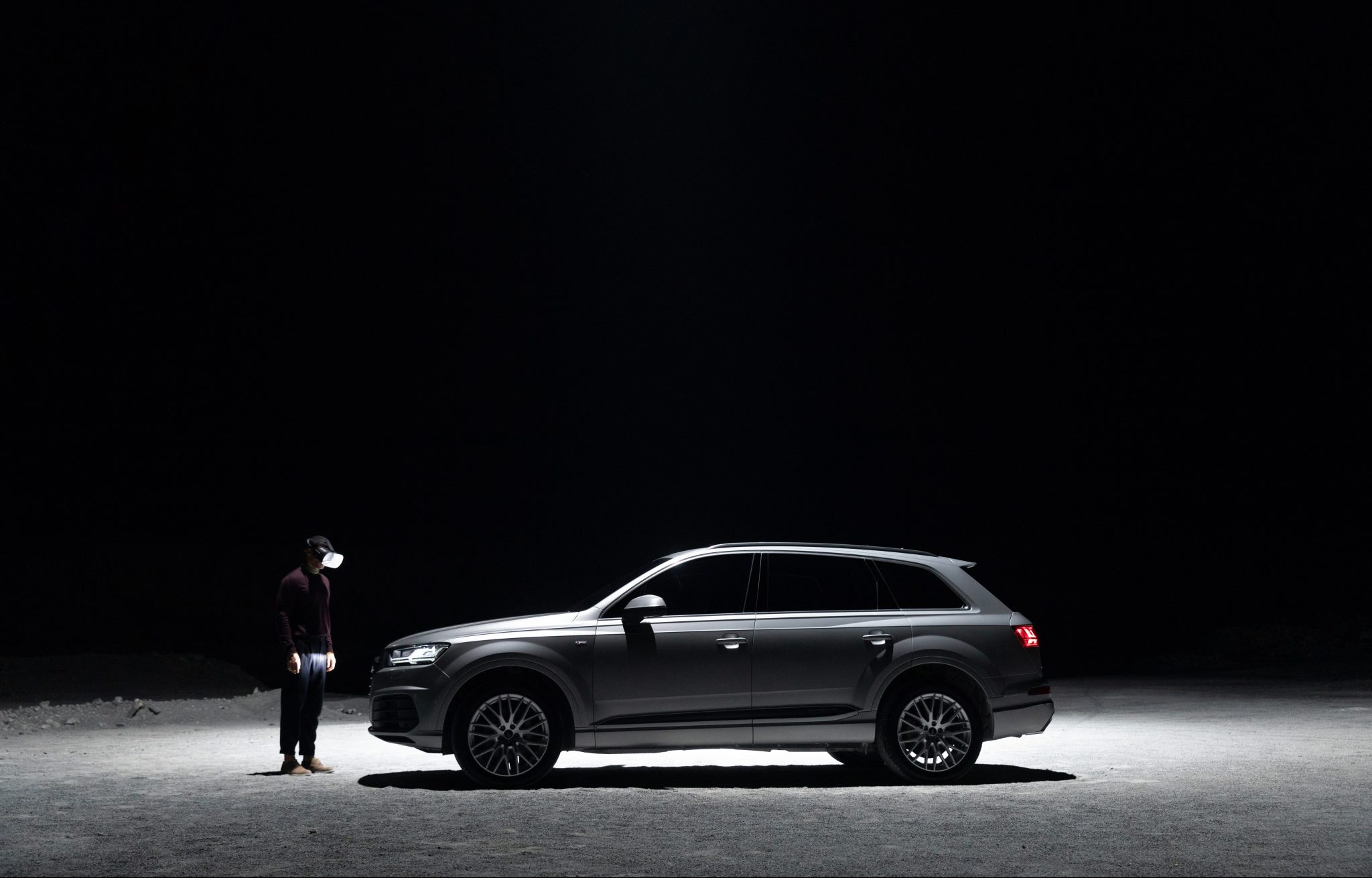Introduction
The automotive industry is evolving at a rapid pace, adopting and integrating new technology for the research, design, engineering and production of vehicles. One such technology is virtual reality (VR).
In the UK, the automotive industry has a turnover worth more than £60 billion. More than 1.6 million cars were built here in 2021.
On one hand, the production process for vehicles is complex, but on the other, time is vital in ensuring competitiveness, and maximising the benefits of research and innovation.
Technological tools and applications that can shorten design-to-market times offer enormous value to the automotive sector.
ST Engineering Antycip's best-in-class expertise produces virtual reality solutions that can be designed, sourced and installed wherever your project needs to be.
VR presents opportunities to enhance efficiencies in key areas of automotive manufacturing, making vital contributions to various facets of vehicle production:
- Prototyping and design
- Remote collaboration
- Automotive production processes
- Car ergonomics.
1- Prototyping and Design
Vehicle design is typically a drawn-out process, where early-stage conception must focus on both interior and exterior features.
One major obstacle to progress can be an incompatibility between initial designs and practical engineering requirements. You could, for example, have a design that looks good, but is insufficiently aerodynamic to guarantee improved performance.
Consequently, there can be plenty of back and forth movement between design and engineering functions, in the pursuit of the right solution. This takes up time and resources.
VR visualisation and 3D modelling now enable designers and engineers to take CAD vehicle prototypes and render them in 3D.
This provides vivid and accurate visualisations of vehicle designs at 1:1 scale, where designers and engineers can have 360° interaction with them.
This can all happen before any physical prototyping takes place, which makes trying out different configurations much easier, quicker and cost-effective.
It also allows for checking and assessment of details, including interior design features, early in the process.
2- Remote Collaboration
How can automotive teams work effectively on collaborative projects when they are not in the same room, building, or even country?
The answer comes from advanced VR applications, including HMDs (head mounted displays) and immersive VR rooms.
Individuals can work on designs and concepts using their own VR software and equipment, but also present these via immersive VR environments such as VR CAVE (Cave Automatic Virtual Environment).
This type of system combines 3D simulation and presentation with a high level of adaptability for collaborative input.
VR software such as TechViz is compatible with multiple devices and systems.
Individual engineers, architects, and designers can bring their own devices to group VR presentations, presenting sophisticated 3D designs and working on them remotely but collaboratively, in real-time.
Remote collaboration using VR helps provide better clarity in automotive design and engineering. It can shorten design-to-market times, and provide opportunities for much closer cross-team working.
3- Automotive Production Processes
As well as its integration with design and engineering, VR is also contributing to automotive manufacturing and assembly processes.
One example is with validation.
Traditionally, compiling and maintaining correct product configuration data has been complex and time-consuming.
It is, however, essential, for helping the automotive industry continue to evolve, and for ensuring optimum production efficiency.
By using a VR assembly line, operators can check and assess how long repetitive tasks should take, but basing this information on CAD data.
This type of intervention can then save on time and resources, by testing different configurations in virtual scenarios, in real time, before applying them to the actual, physical production process.
4- Car Ergonomics
Vehicle performance is one thing, but how the car actually feels to drive is also a vital element in successful automotive design.
Ergonomic analysis focuses on the physical interaction of occupants of a vehicle with its dimensions and interior design.
Factors in the ergonomic analysis include driver and passenger posture, perceptions of comfort and space, and positioning of instruments and mirrors.
VR can evaluate the interior of a vehicle, but it can also provide accurate and useful data about what the driver will experience when driving it. And, using virtual reality technology, all this happens well before the vehicle enters any physical production stage.
One method is to for a research subject to wear full-body tracking suit, and evaluate their interaction within a simulated 3D vehicle environment.
Another is to merge a simulation driving platform with a 3D driving scenario, so that, in effect, the individual takes the 3D model for a simulated test drive, providing comprehensive ergonomic data during this process.
VR ergonomic evaluation can also apply to the vehicle assembly line, helping to optimise conditions for employees and maximise efficiency.
Conclusion
The inroads that virtual reality is making to the automotive industry are both varied and deep.
Virtual prototyping is helping to transfer design processes, shortening time-to-market and saving on both costs and resources. But VR in the automotive industry is also influencing other parts of the production process.
On the assembly line, it can aid with validation and help optimise production processes. It also supports production line ergonomics, as well as vehicle ergonomics.
VR is both design and production-oriented, but also customer-focused. It provides insight and clarity into how occupants will experience new vehicle designs.
At ST Engineering Antycip, we’re supporting the development of better collaboration throughout the supply chain by applying the latest VR and simulation technology to crucial aspects of vehicle design, research and manufacturing.
For more VR applications for the automotive industry, please contact us.




















